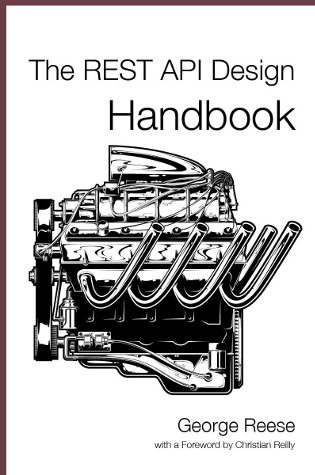The uniform interface constraint means that your service enables you to view representations of resources and interact with them through a generic, finite set of requests. In an applied context, it means you have resources that can be referenced via a URI and operated on through HTTP verbs in a manner consistent with those HTTP verbs. We’ll talk a lot about this particular constraint in this book. For now, let’s just say that if your API is re-defining the HTTP verbs or if it is assigning new meanings to HTTP status codes or making up its own status codes, it is not RESTful.
How many people really use PUT, DELETE, or anything else besides GET and POST? Collapsing the API to use these verbs reduces the # of endpoints and makes it easier to have a consistent schema across endpoints. What other problems does it solve? Or create?


